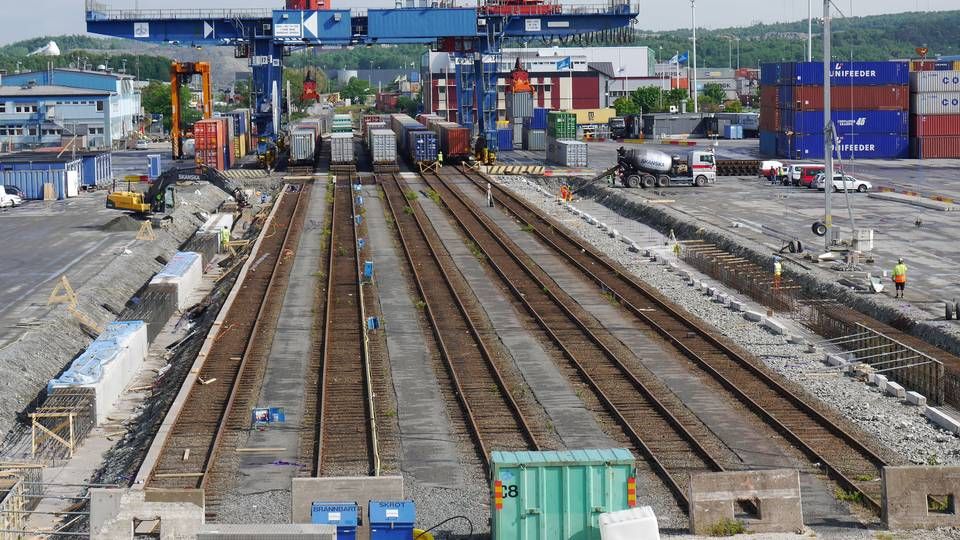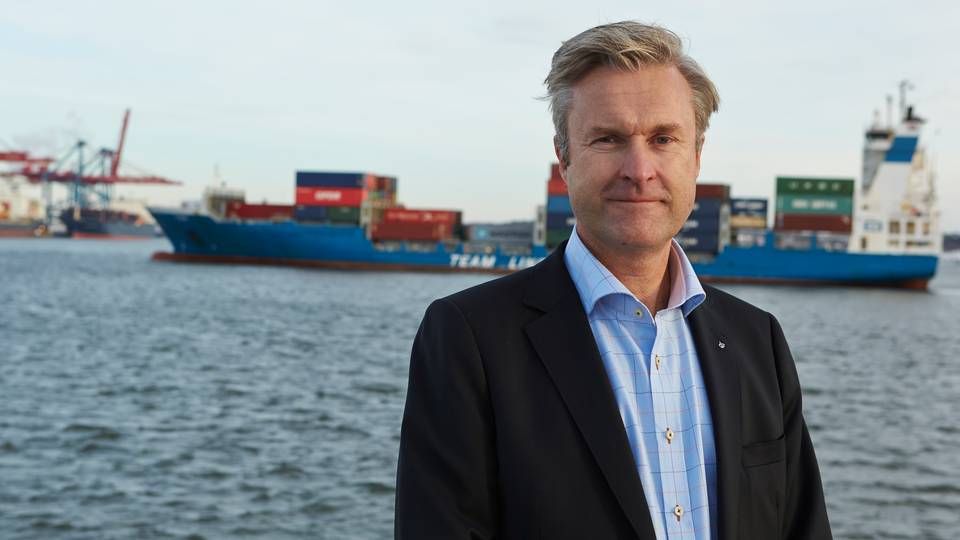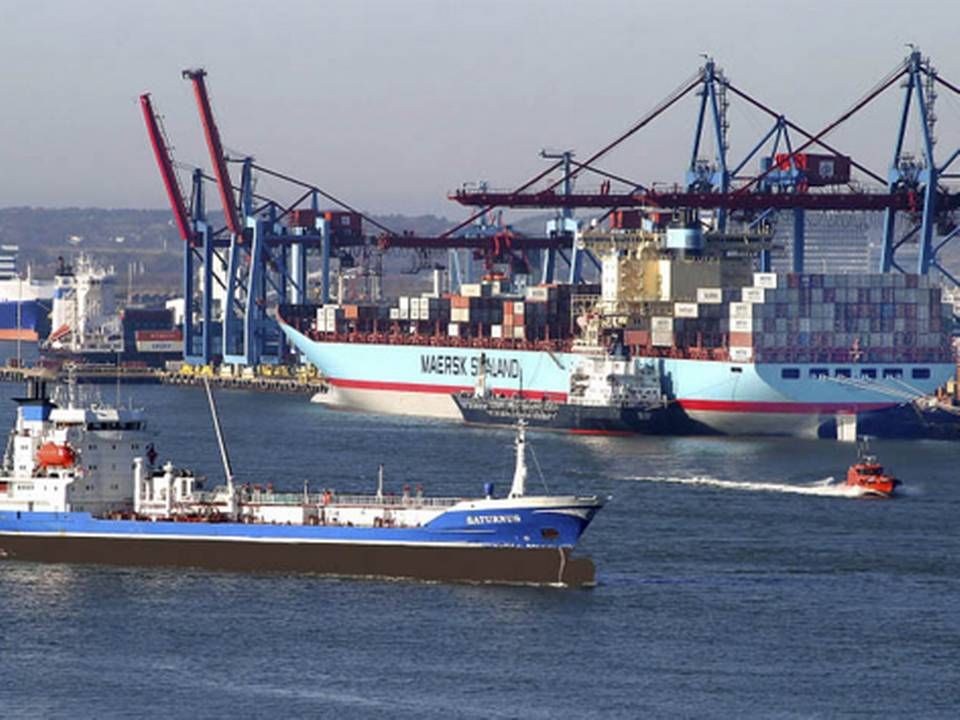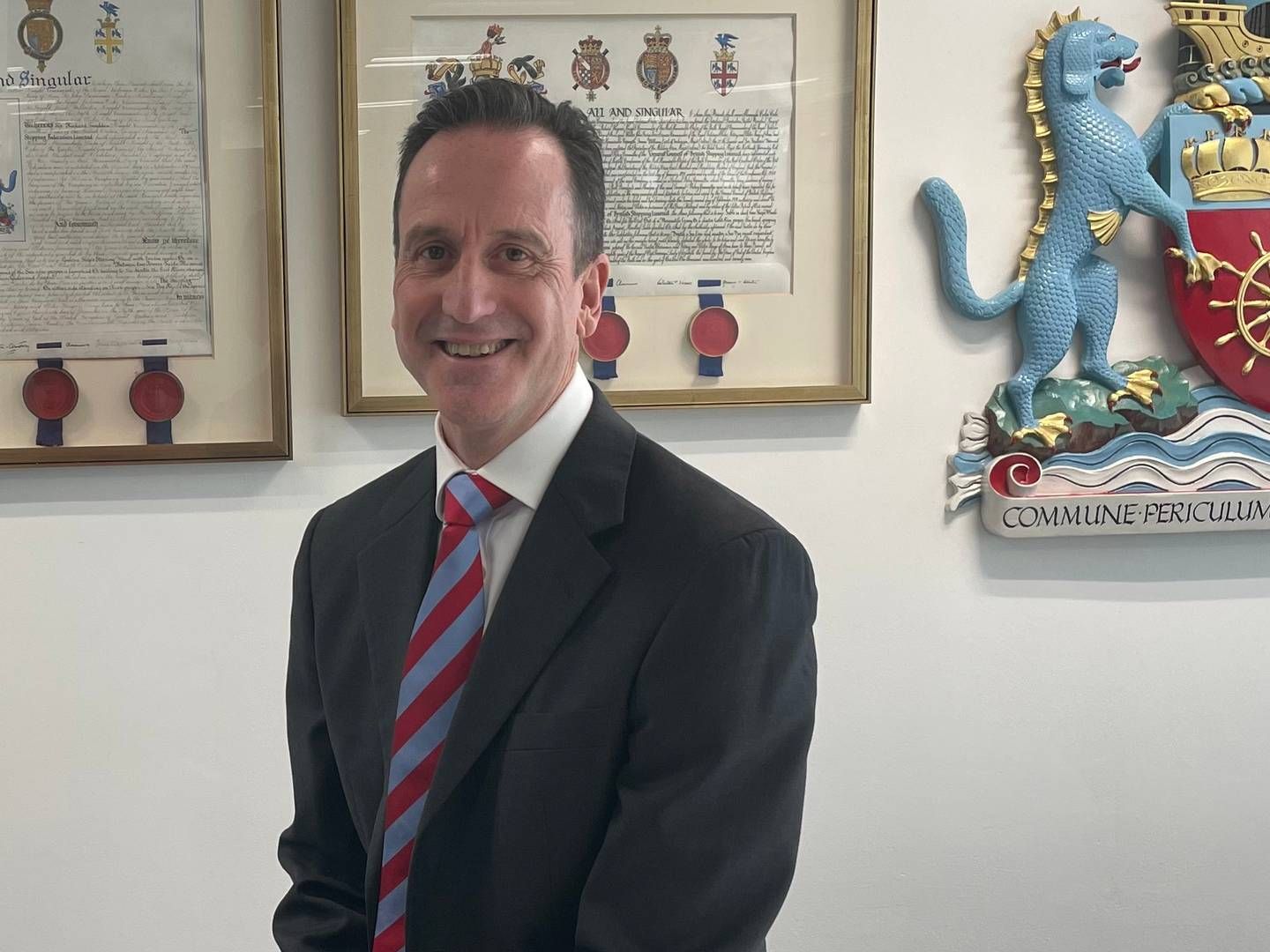Port of Gothenburg: Disappointing revenue in 2014

"We expected a much more rapid growth in the first half of 2014, but things have not been good at all," says Port of Gothenburg CEO Magnus Kårestedt when asked about developments at the major Baltic Sea port in the first half of the year.
Gothenburg is big in segments such as container, RoRo and car traffic. For the first segment - container traffic on the long distances to Asia and South America - developments have been flat, while RoRo and car traffic saw slight improvements, at five and 20 percent, respectively. These latter two are European trades.
"This is the complete opposite picture of what we saw last year, where things were going better on the Asian trade than on the European. Now Europe is improving slightly, though it's not in any way big. I hope things will look better in the future, but I don't think we'll see a major increase in volumes. We have to get used to the fact that these low volumes are the new normal, and that we'll only see slow improvements going forward," says Magnus Kårestedt.
He estimates that the coming five years will bring an annual growth of around 4-5 percent in the port, but that there will be no return to the towering double-digit growth rates seen before the financial crisis.
Train transport is an advantage
The Port of Gothenburg will grow by conquering trade from the other Baltic and North Sea ports. Around 50 percent of all cargo to and from the Port of Gothenburg is carried by train, and it is through this intermodal potential that Gothenburg plans to win.
"We need to secure even more of the direct ships from China and elsewhere in Asia, and we can do that because we're the port with the most extensive intermodal connections in the world," says Magnus Kårestedt.
The Port of Gothenburg competes on container trade with Bremerhaven, Rotterdam and the Port of Antwerp. In car traffic, the key competitor is Copenhagen-Malmø Port, while the competition in terms of RoRo comes from bridges such as Øresundsbroen and the future Fehmarn belt bridge.

Port of Gothenburg CEO Magnus Kårestedt
All carriers with ships calling in the Port of Gothenburg are right now facing challenges in terms of adapting their vessels to the coming sulphur emission regulations. These will come into force on January 1st, and they could benefit the port a little, says Magnus Kårestedt.
"It's going to result in bigger costs for the industry, but not for us. Perhaps we might even receive more cargo set to be transported further up into Sweden by train instead of being carried by ship," he says.
The port's annual report 2013 showed a five percent dive in container transport handled by Gothenburg, which accounts for 30 percent of Sweden's foreign foreign trade. However, RoRo traffic grew four percent, the first growth since 2010.
The Port of Gothenburg's second quarter result will be published in late August.
Substantial discount for LNG ships in Gothenburg
Millions for green fuel in Gothenburg
Related articles
Substantial discount for LNG ships in Gothenburg
For subscribers
Millions for green fuel in Gothenburg
For subscribers
Port of Gothenburg sees decline in containers and oil
For subscribers




















